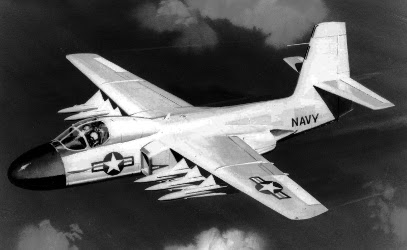The Phoenix missile system was never a complete success. It was retired when the 'threat' of large numbers of attacking aircraft against Carrier Task Groups became less likey and could be defeated by other means.
As I understand it, the Phoenix (AWG-9) weapons system (radar and missile) was actually a continuation of the work that Hughes started, to meet the RCAF spec for the CF-105 project in the mid-late 1950's.
This project was later (after the discontinuation of Canadian funding) sold to the USN for the fleet defense role.
After this disconnect, (again IIUC) the RCAF went directly to RCA and engaged them (under "Astra") to continue the above noted development, The RCAF had a massive amount of proprietary information which they freely shared with RCA.
Hughes threatened a massive lawsuit over the matter and the GOC backed down and looked towards Raytheon's Sparrow as an alternative.
This system was in it's very early developmental stage at this point and shortly thereafter the Diefenbaker government canned the entire (CF-105) project.
It just goes to show that there is much more behind the death of "our beloved Arrow" than is commonly noted.
It was (RL 206) essentially "toothless" at the time, although (like most anyone) I would have loved to see it fly with the PS.19 "Iroquois"pushing it.
It was a bridge too far and we ought to get over it.
